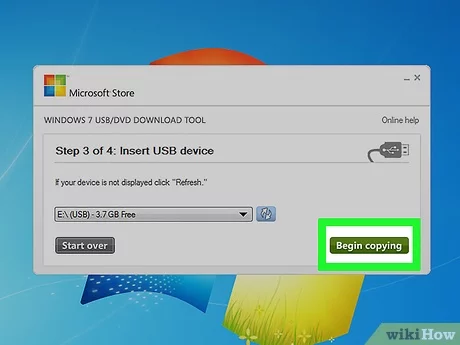How to Understand E=mc2: 7 Steps

Einstein’s famous equation, E=mc^2, has captivated the minds of scientists and non-scientists alike for over a century. This elegant formula represents the relationship between an object’s mass (m) and the energy (E) it possesses. Here are seven steps to help you better understand this fascinating concept.
1. Learn the components of the equation:
To begin understanding E=mc^2, it is essential to know each variable’s significance. Here is a breakdown:
– E represents energy, measured in joules (J).
– m stands for mass, measured in kilograms (kg).
– c symbolizes the speed of light in a vacuum, approximately 299,792,458 meters per second (m/s).
2. Understand that mass and energy are interchangeable:
The principle behind this equation is that mass can be converted into energy and vice versa. Essentially, objects with mass have a potential store of energy equivalent to their mass multiplied by the speed of light squared.
3. Recognize that a small amount of mass contains vast amounts of energy:
As c^2 (the speed of light squared) is an enormous number, even a tiny amount of mass can equate to significant energy. This concept lays the foundation for nuclear technology and how power plants harness fission or fusion reactions to generate vast quantities of electricity from minimal amounts of fuel.
4. Understand Einstein’s Theory of Special Relativity:
E=mc^2 is directly derived from Einstein’s Theory of Special Relativity, which states that time and space are relative concepts dependent upon an observer’s velocity concerning a light source. Grasping this theory will give you deeper insight into the origin and applications of E=mc^2.
5. Remember that the equation doesn’t apply to objects moving faster than light:
One common misconception is that E=mc^2 applies universally. In reality, it is crucial to remember that the equation only holds true for objects with a constant mass and have speeds below that of light.
6. Learn examples of the equation in action:
One significant real-life example of E=mc^2 is nuclear power generation. The mass of uranium atoms during fission decreases slightly, with the lost mass converted to energy in the form of heat and radiation. The atomic bomb’s detonation also exemplifies the equation in action, resulting in a catastrophic release of energy from a relatively small mass of fissile material.
7. Consult experts or educational resources for further understanding:
Finally, seek out resources like textbooks, documentaries, or online tutorials on E=mc^2 and special relativity to deepen your comprehension. Attending lectures or seeking guidance from experts in this field can also prove invaluable.
By following these steps, you will be better equipped to understand Einstein’s famous equation E=mc^2 and appreciate its fundamental implications on our understanding of mass, energy, and the universe as a whole.


